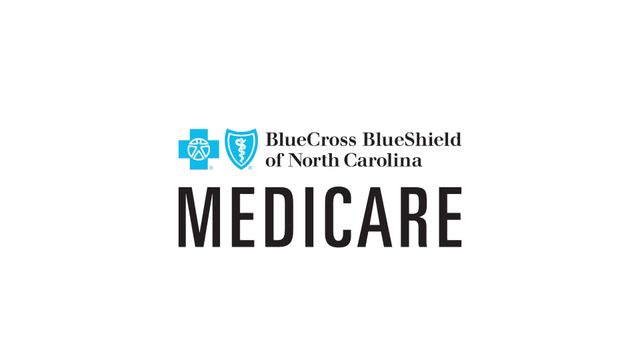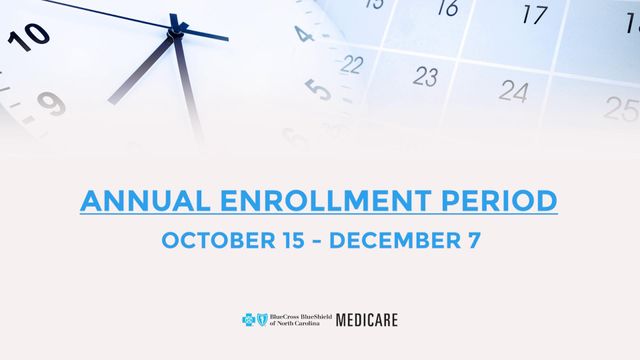Preventing COVID at Thanksgiving
COVID cases are surging. The CDC advises families to stay home for Thanksgiving. Here are answers to the most common questions families have.
Posted — UpdatedThanksgiving is traditionally the busiest travel period of the year. AAA recently estimated 50 million Americans will travel this year to be with family, down from 55 million in 2019. However, this year, the Centers for Disease Control is urging people not to.
Everyone is understandably frustrated. We have been in a pandemic for over eight months now. “COVID fatigue” is real. However, these warnings are not given lightly.
We are in the third wave of outbreaks. In North Carolina, we are hitting new daily case counts higher than in the spring. In fact, Thursday, the NCDHHS reported the highest single-day count of new cases since the pandemic first arrived in the state: 4,296. And while North Carolina’s rates are not rising as quickly as other states, they are significantly higher than even two months ago. In September, the positivity test rate for the state was hovering around 5%. On Tuesday, Governor Cooper announced that the positivity test rate for the state is now 8.6%. With weather getting cooler, more people congregating inside, and larger groups getting together for the holidays, there is a realistic worry that that number will rise exponentially.
We don’t have to look far for examples of “super spreader” incidents, from family reunions to funerals, get-togethers in restaurants, bars, dorms or even the White House Rose Garden, some events have led to over one hundred infections. Importantly, according to experts, it’s not just about how large the gathering is; it’s about how infectious a single individual’s case may be.
While both national and state leaders are encouraging families to stay home, each family will decide what is wisest for them. It may be prudent to review answers to these relevant questions as families develop their Thanksgiving plan:
- What if I feel fine and am following safe protocols (masks, distancing and handwashing)?
Related Topics
Copyright 2024 by Capitol Broadcasting Company. All rights reserved. This material may not be published, broadcast, rewritten or redistributed.






